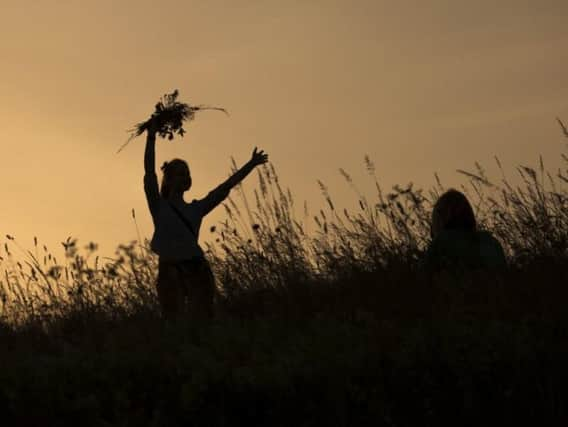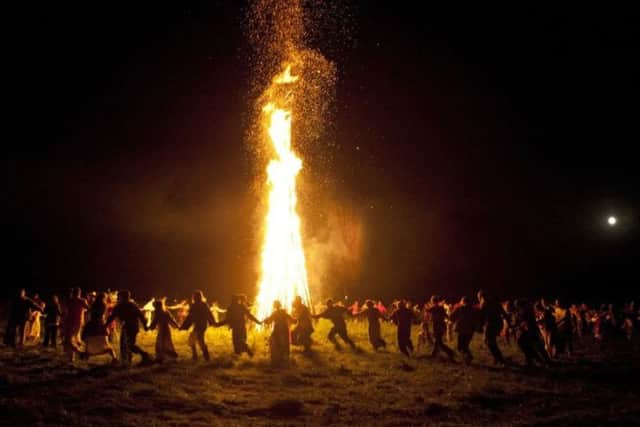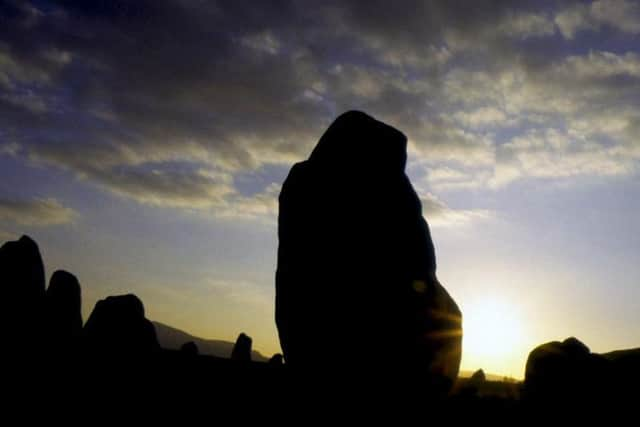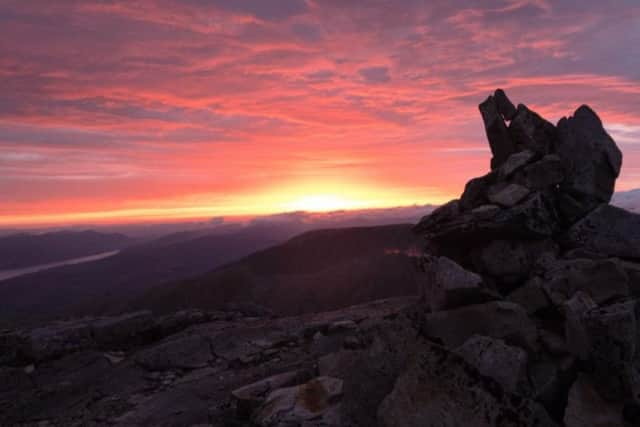Summer solstice: the Scottish history and traditions behind the longest day of the year


Providing a happy contrast to the gloomy short days of winter, summer solstice has traditionally been celebrated across Europe with festivals, rituals and events.
Here are some of the traditional ways in which Scotland has celebrated the longest day of the year - and how you can make the most of 2019’s lightest night.
What is the summer solstice?


Advertisement
Hide AdAdvertisement
Hide AdWhile in warmer countries, summer solstice is sometimes thought of as midsummer, in the UK it’s often seen as the first day of the summer - probably due to our temperamental weather.
The summer solstice takes place when one of the Earth’s poles has its maximum tilt towards the sun, offering the longest period of daylight.
It happens twice a year, with one in the northern hemisphere and one in the southern hemisphere.
While at the pole, there is continuous daylight around the summer solstice, in Scotland we also experience very long days, being situated in the north of Europe.


On 21 June 2018, sunrise in Shetland - the most northerly point in Scotland - took place at 03.38 and the sun set at 22.34, meaning the longest day of the year was 18 hours, 55 minutes and 30 seconds long.
Depending on the calendar, the summer solstice takes place any time between 20 and 22 June in the northern hemisphere and this year it will take place again on 21 June.
What are the summer solstice traditions in Scotland?
The summer solstice has traditionally been an important time in Scotland and other northern countries, and we still celebrate the longest day of the year after the dark months of winter.


While in England, people flock to the sacred Neolithic site of Stonehenge, in Scotland we have our own traditions and spiritual, historic sites to visit.
Advertisement
Hide AdAdvertisement
Hide AdMost of the history of solstice celebrations can be found in Orkney and Shetland, where there’s strong influence from Scandinavia where summer solstice is an important celebration.
Similar to the Beltane festivals of 1 May, which were celebrated in ancient Scotland and Ireland, summer solstice sees the use of torches and fire as a symbol of light defeating darkness.
Marking the midway point of the harvest season, many of the celebrations for summer solstice revolved around warding off evil spirits and bringing good fortune.
People would walk around their homes, fields and towns wielding torches to banish evil spirits, while protective plants such as St John’s Wort would be draped over doors or stashed under pillows to bring good luck.
The fern is also linked to good luck at summer solstice and according to mythology, it blooms for a short time on the eve of midsummer, bringing good fortune to those that find it.
Eating elderberries was also thought to protect against witchcraft, as the elderflower plant peaks around summer solstice. Some creatures are also thought to have curative qualities at this time of year, such as snakes and frogs.
Where to celebrate summer solstice in Scotland
Scotland has a number of festivals and events taking place to celebrate the summer solstice and VisitScotland has highlighted the best ones.
If you’ve not planned anything, why not try climbing a local hill to take in the sunset and do some star-gazing?
Or if you’re lucky enough to live near an ancient Neolithic site, summer solstice is the perfect opportunity to enjoy some spiritual healing.